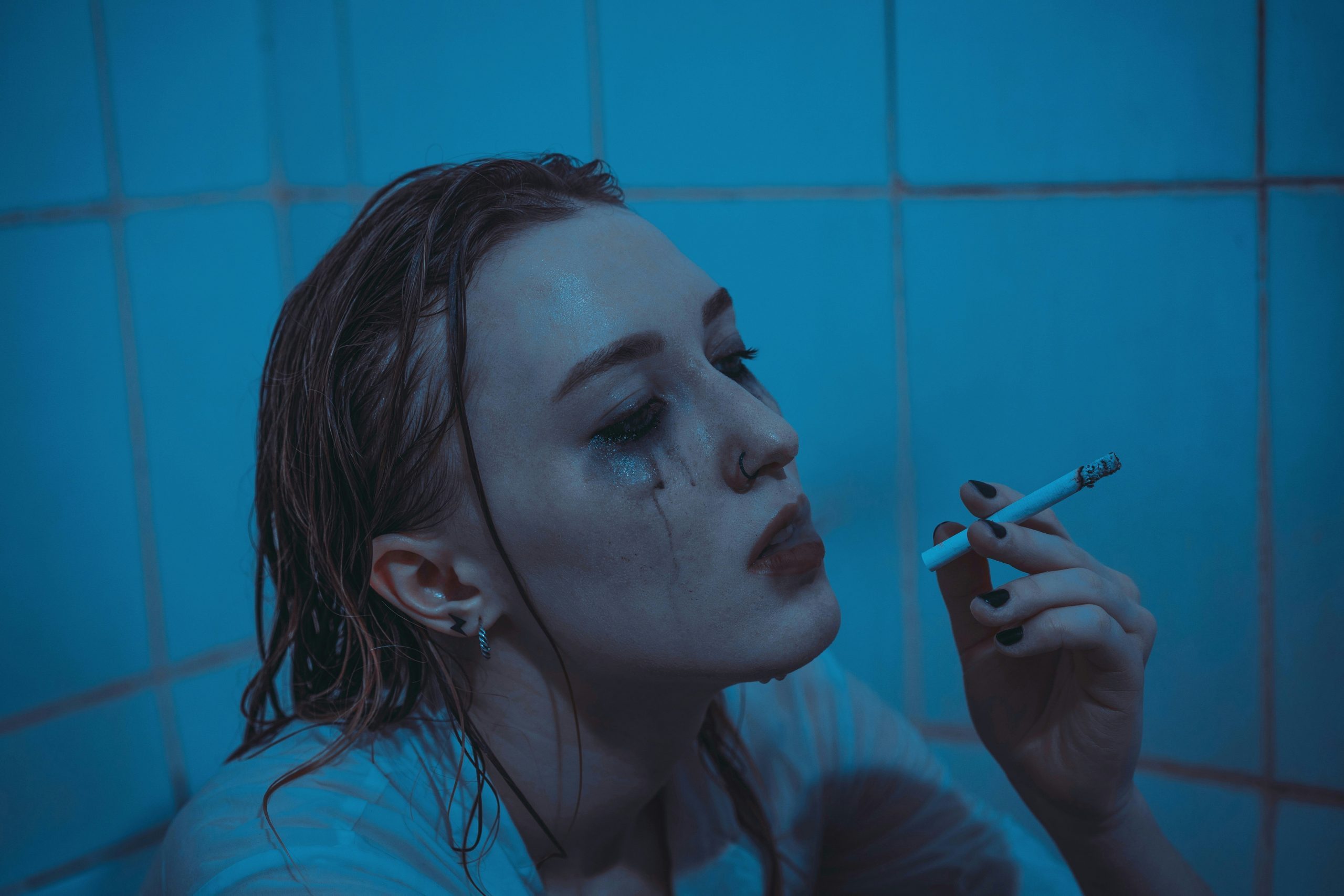Trigger Warning: This article contains content that discusses self-harm, which may be distressing for some readers.
The Essence of Tumblr
Many consider Tumblr’s heyday the beginning of the 2010’s. In retrospect, we now understand that this was a transitional period. Social media platforms at this time were slowly shifting away from blogs and embracing the more current styles we have today, like Instagram or Pinterest. Tumblr was somewhere in between these two worlds. It wasn’t only a blog, but it also wasn’t just a profile and feed to scroll. It was a bit of both.
As a Tumblr user, you’re essentially in a constant process of curating posts through an endless, doom-scrolling style feed. When you come across a post that resonates with you, you have the option to reblog it (making this post appear in your own tumblr page and also your followers feed – similar to a retweet) or you can simply like it, which then adds the posts to a folder of liked posts (this can be private or public).
Your Tumblr blog doesn’t necessarily represent your “real life” like profiles in other media, such as Instagram and Facebook claim to do. The posts on these highly customizable blogs were most often pictures that other people had taken or texts that other users had written.
Your Tumblr page was more of a representation of who you aspired to be rather than who you actually were. You see it and you repeat it. You make posts your own. You claim that this picture or style or feeling represents yourself, and so you add it to your own page.
Tumblr had that “life imitates art” appeal. A certain nostalgia that’s hard to explain but easy to relate to – especially as a teenager who’s still finding out what the world is about. And according to Business Insider, 46% of Tumblr users were between the ages of 16 and 24 in 2013.
The Tumblr platform in the early 2010s also differed from other social media in the sense that it motivated a culture of anonymity. The platform allowed users to ask each other questions anonymously (or not).

But besides this feature, Tumblr users also flirted with the anonymous through their names on the website. You’d hardly ever find someone using their own name or even a person’s name as their username. And God forbid someone outside your inner friend circle IRL finds out about your Tumblr page!
This anonymous culture encouraged users to be vulnerable and confide in each other. They’d open up and share their insecurities rather safely – all the way from interactions with high school crushes and fanfic stories about their idols, to their serious issues with eating disorders or depressive and suicidal thoughts.
This may sound good at first glance: a place for teenagers to share their experiences and seek comfort in those who might feel the same. However, this also allowed for a rather concerning normalization of self-harm topics and idealization of suicide between young teens online. Mixed with inexplicably nostalgic imagery, this was a dangerous combination from which (I dare say) the term sad girl aesthetic came out of.
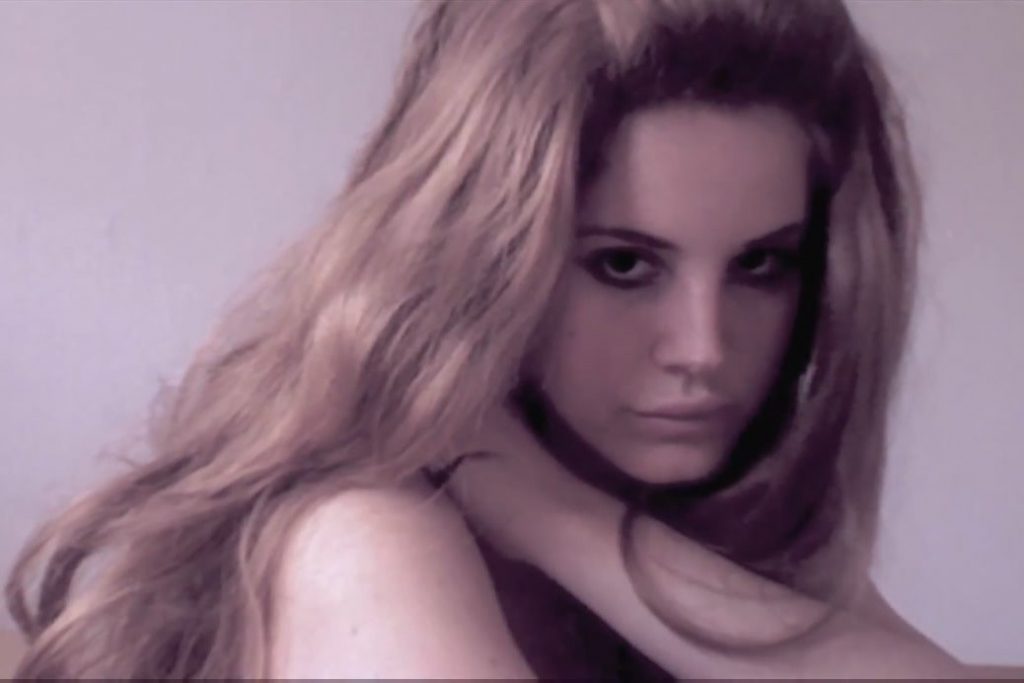
The Sad Girl “Aesthetic”
Nostalgia, runny mascara, melancholia, cigarettes, loneliness, vintage filters, vulnerability, rainy weather, sensitivity, serene landscapes, introspection, quotes from poems and movies, heartbreak, existential reflection. The sad girl aesthetic is similar to the trope of the tortured artist. Her beauty lies in her pain and distress.
The sad girl aesthetic can be hard to define in words, but easy to identify through imagery. If you look the term up online, you will find sources calling it a cultural phenomenon, an archetype, a fashion style, a trope, a trend, or merely a problem to be concerned with.
The connection between sadness and teenage girlhood is nothing new and not exclusive to Tumblr. This association is a stereotype that has been perpetuated in various forms throughout history – where the beautiful young woman is sad.
From Sofia Coppola’s The Virgin Suicides (1999) and Marie Antoinette (2006) to the character of Ophelia in Shakespeare’s Hamlet, the young woman has very often been depicted as melancholic, a rather helpless victim to society, an almost doomed figure. However, this stereotype doesn’t accurately reflect the diversity of emotional experiences across different genders and age groups.

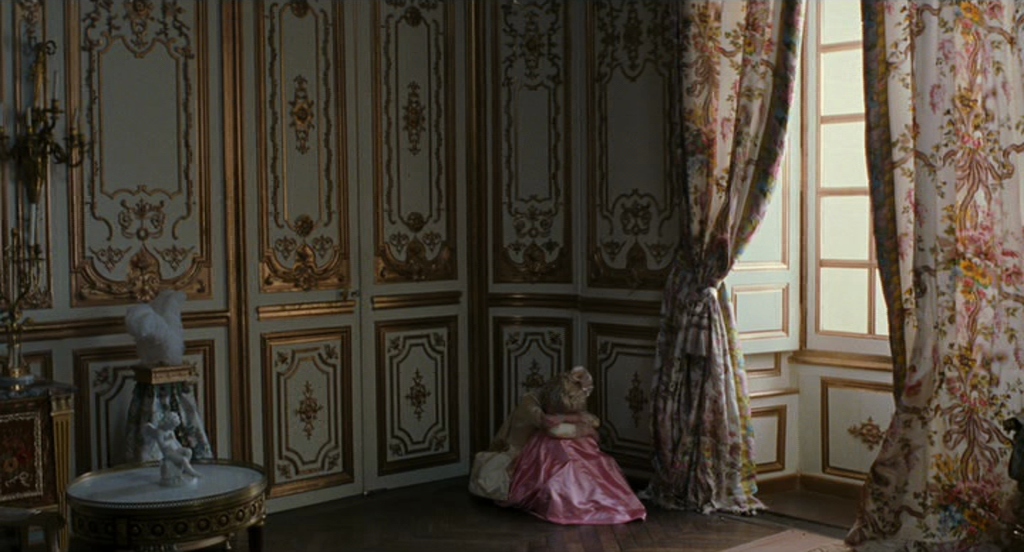
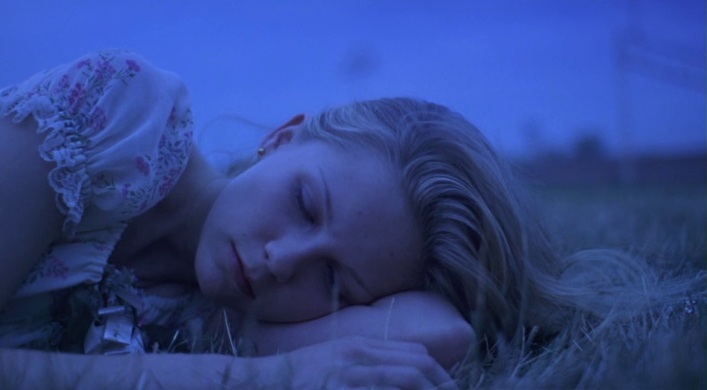
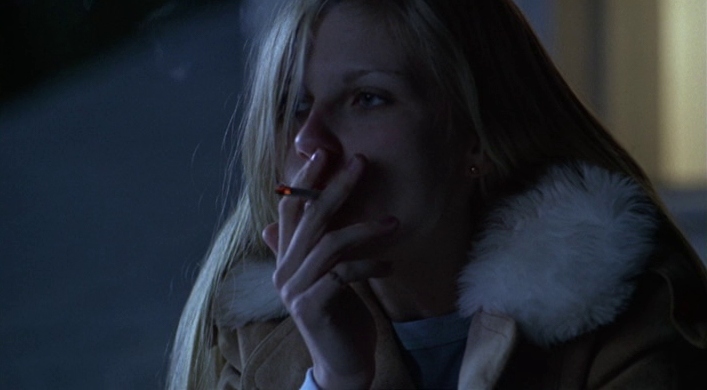
In music, Lana del Rey, Lykke Li, Marina and the Diamonds, Sky Ferreira may have been considered some of the forefronts of the sad girl movement with lyrics like: “I got that summertime sadness”, “sadness is a blessing, sadness is my boyfriend”, “I wish I’d been a teen idle, feeling super super super suicidal” and “she hides the pain behind the fun”.

On TV, the characters Effy Stonem and Cassie Ainsworth from Skins (2007-2013) or Rue from Euphoria (2019-), are iconic sad girl references. Daisy Buchanan in Fitzgerald’s 1925 The Great Gatsby, and Esther Greenwood in Sylvia Plath’s 1963 novel The Bell Jar may also be considered iconic sad girls in American literature. And more recently, YouTuber Emma Chamberlain may also be included in the moodboards of the sad girl.


The issue with this aesthetic being embraced on social media like Tumblr is rather obvious: the glamourization of sadness and mental health issues. This may lead to more serious and severe self-harming habits that were also very much discussed and apparent on 2010’s Tumblr. Today, discussions on mental health have increased and a healthy lifestyle has also almost become a trend between millennials. But back in the early 2010s, the hipster sad girl ruled, especially on Tumblr.
Besides, it’s important to recognize that emotions, including sadness, are universal and not limited to a specific gender or age group. People of all genders and ages experience a spectrum of emotions based on individual experiences, personality, and external circumstances.

Tumblr, I Don’t Blame You
I don’t mean to blame early Tumblr for hosting a toxic place for teens and young adults with this article. Some may argue that Tumblr provided a safe space for teenagers to discuss heavy topics and find solace within each other’s suffering. As any other social media, its content comes from its users – and they serve as more of a reflection of society. However, it is up to the big techs to create solid content moderation teams to make sure every post adheres to their terms and conditions.
Despite the self-harm content, there are countless other tribes and “aesthetics” for users to be a part of online; many of which do not involve any self-harm. Yet the nostalgic aspect of the platform, and the previously mentioned obsession with the sad girl sort of turned Tumblr into a glamourizing machine of self-harm culture.
